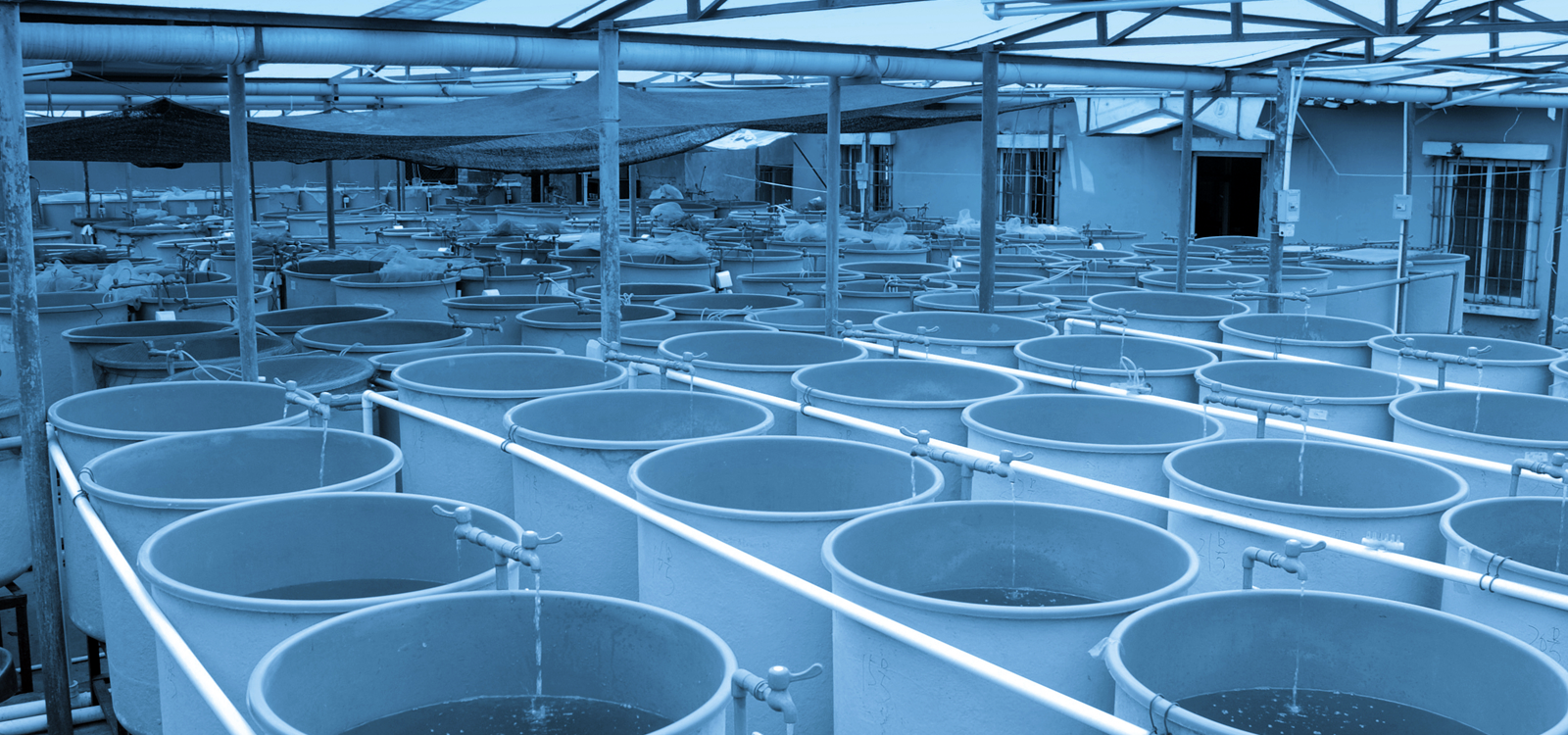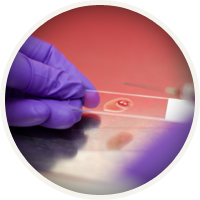
The word "aquaculture" sounds a bit like an opera or museum located in the ocean, but it actually means underwater farming. Managers in this industry supervise hatcheries, where fish and other types of marine life (like plants) are bred. This kind of farming is important for several reasons: Some fish are sold as food, bait or aquarium pets. Others are transferred into oceans as a way to repopulate species that are threatened with extinction. Sometimes they're even moved into lakes where fishing is popular, so there will be more for people to catch. This is a job that mixes physical labor (in all types of weather conditions) with interesting science experiments and office work. A typical day for a fish farmer might include monitoring growth rates, checking for disease, overseeing the release of eggs (called spawning), and keeping track of the organization's budget. Fishing breaks optional…
The Details
Some hatcheries are making a difference in the world by partnering with the World Wildlife Fund: Through their Global Marine Program, the eco-minded organization is helping fisheries put policies into place that protect underwater ecosystems and encourage the recovery of depleted fish populations.
Ever wonder why salmon are pink? In the wild, they eat tiny shellfish containing natural pigments called carotenoids, which give them their signature hue.






